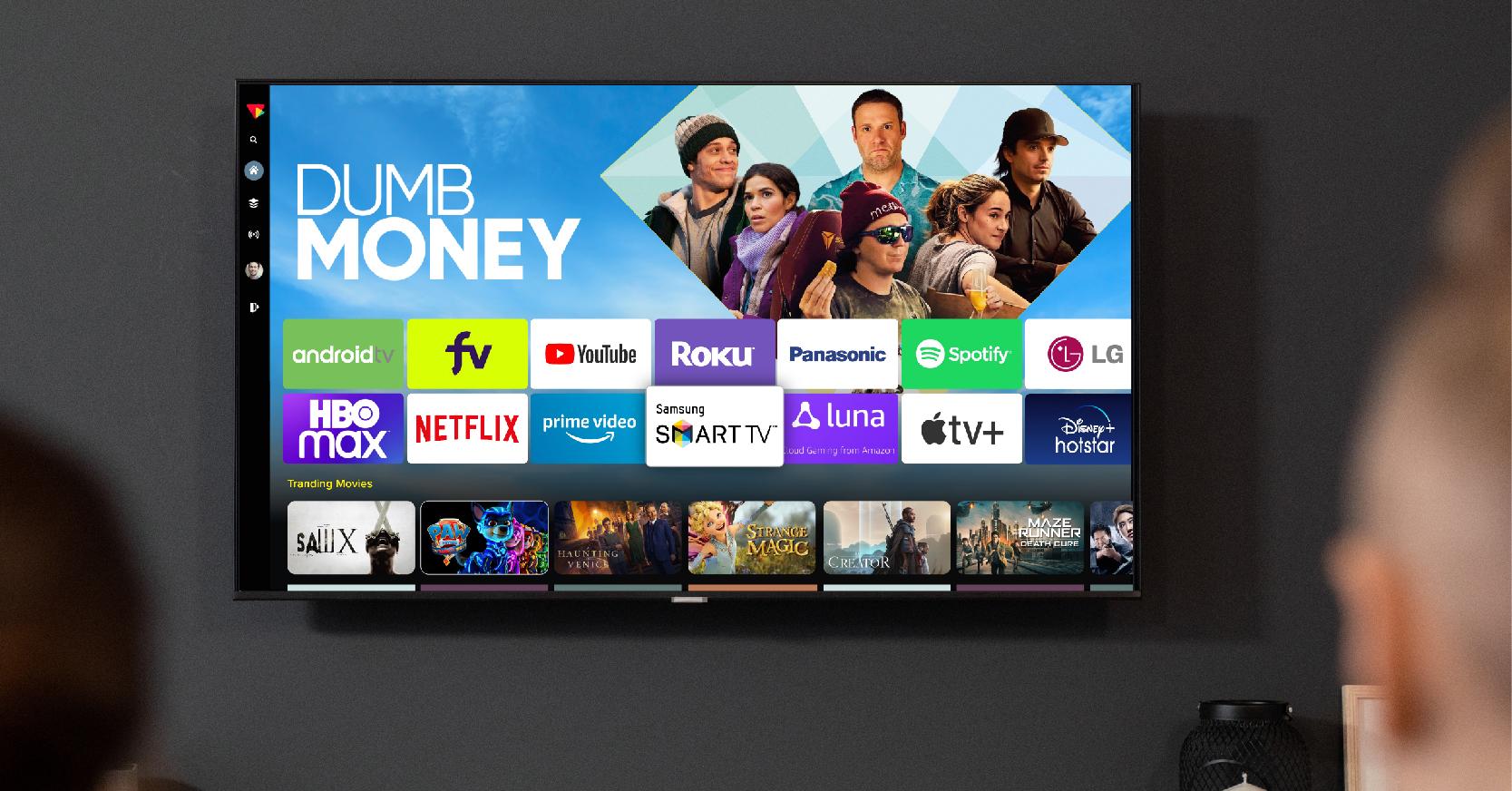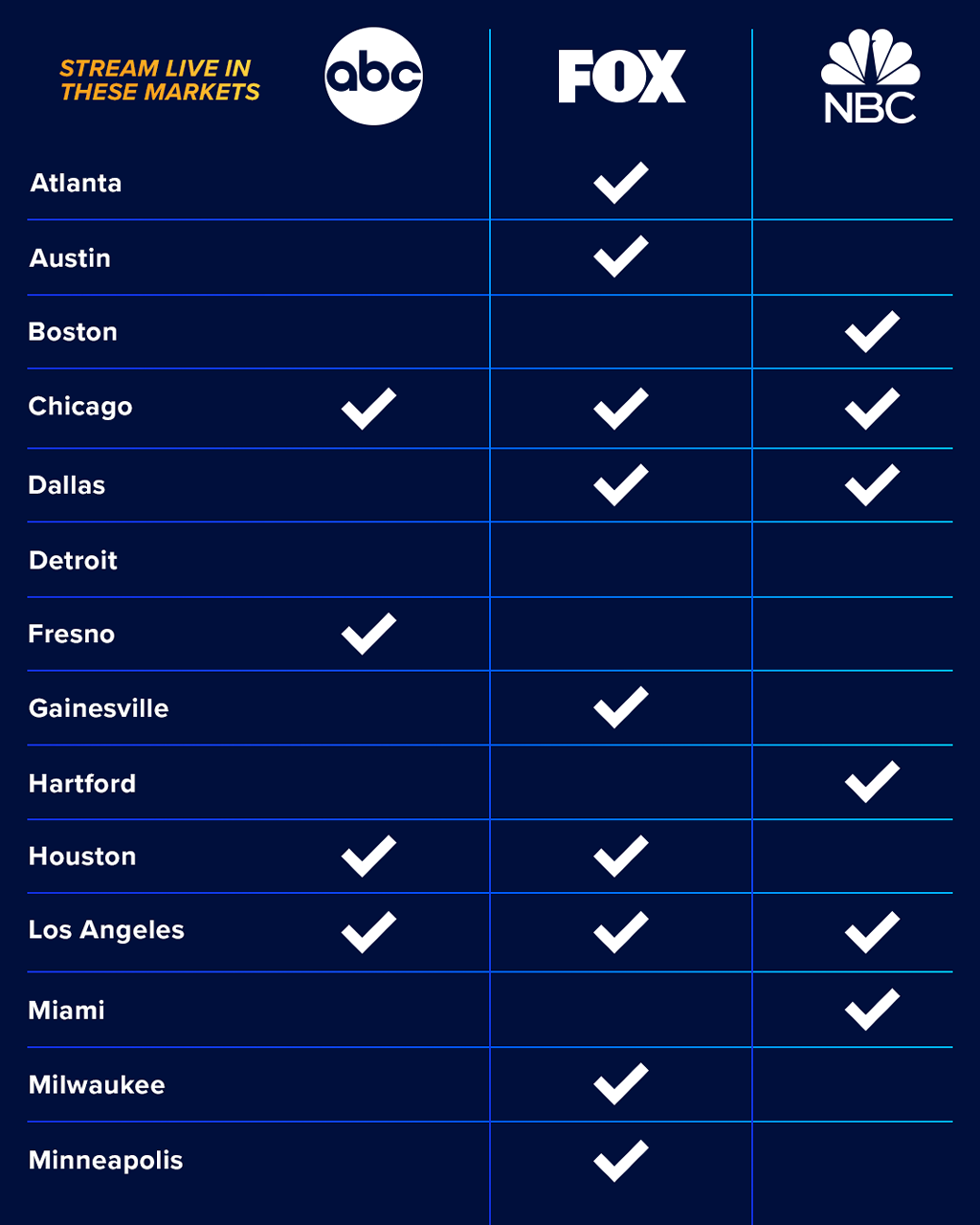What Does Apollo Group Tv Do?
What Does Apollo Group Tv Do?
Blog Article
What Does Apollo Group Tv Do?
Table of ContentsA Biased View of Apollo Group TvAbout Apollo Group TvApollo Group Tv Things To Know Before You BuyNot known Facts About Apollo Group Tv
In this scenario, instead of having three-minute business places during a 30-minute television program, TV programs might transform to one where a customer will certainly be required to have a month-to-month registration, so that they cen view targeted banner ads. This kind of advertising and marketing currently takes place on the web, and the amount of information television companies gather permits them to do a lot the very same.Describe the significant patterns among the broadcasting and wire networks. Popular radio reveals such as authorities dramatization Dragnet and western cowboy collection Gunsmoke were adjusted for tv, and new Television shows were funded by single advertisers, simply as radio shows had been.
Today, the television sector is much more complicated. Programs are sponsored by multiple marketers; programming is controlled by major media empires; and the 3 significant networks no much longer control the airwaves yet instead share their viewers with numerous cable networks. Several aspects make up these fads within the industry, consisting of technological developments, federal government guidelines, and the creation of new networks.

Facts About Apollo Group Tv Uncovered
Even public tv has come to be subject to the impact of marketing. Developed in 1969, (PBS) established out of a record by the Carnegie Commission on Educational Tv, which analyzed the function of educational, noncommercial tv on society. The record suggested that the federal government financing public tv in order to offer variety of programs throughout the network eraa service produced "not to market products" however to "enhance citizenship and public service (McCauley, 2003)." Public tv was also meant to give universal accessibility to tv for audiences in country locations or audiences that might not afford to pay for personal tv services.
The period between 1950 and 1970 is traditionally identified as the. In addition to a small portion of airtime controlled by public television, the three major networks (understood as the Big 3) controlled the tv sector, jointly making up even more than 95 percent of prime-time watching. In 1986, Rupert Murdoch, the head of international firm Information Corp, released the Fox network, testing the prominence of the Big 3.
Targeting young and minority target markets with programs such as Buffy the Vampire Killer, Moesha, Dawson's Creek, and The Wayans Bros., the brand-new networks intended to attract terminals far from their old network affiliations. Nevertheless, rather than repeating the success of Fox, UPN and WB struggled to make an impact. Incapable to bring in lots of associate stations, the 2 recently established networks reached fewer homes than their larger opponents since they were impossible in some smaller sized cities.
This decision led the method for the development of cable movie networks, contributing to the exponential growth of cable in the 1980s and 1990s. apollo group tv app. Further deregulation of cable in the 1984 Wire Communications Plan Act eliminated restrictions on wire prices, allowing operators to bill what they wanted for cable solutions as long as there worked competition to the solution (a standard that over 90 percent of all cable markets might meet)
The Of Apollo Group Tv

Having actually developed the initial "superstation," Turner increased his realm by founding 24-hour news network CNN in 1980. At the end of the year, 28 national programming services were offered, and the cord change had actually started. Over the following years, the sector undertook a duration of quick development and appeal, and by 1994 visitors can choose from 94 basic and 20 costs cable solutions.
Number 9 - https://linktr.ee/apollogtv01.16 Boosted competitors from cable channels has triggered a steady decline in the networks' audience scores. Throughout the 1950s, the cost of producing a single television program raised as programs became longer and production expenses skyrocketed. Sponsorship on network tv moved from solitary sponsorship, this article in which a program was totally sustained and generated by one marketer, to multiple sponsorship, in which advertisers bought 1- or 2-minute spots on the show
Choose one of the Big 4 networks and publish out its regular programs routine. View the network's prime-time programs over the program of a week, noting the target demographic for each program.
Apollo Group Tv for Dummies

Straight television, often referred to as conventional broadcast TV, encompasses cable television and satellite television. It's called "direct" since material complies with a fixed shows routine, unlike on-demand web content which the specific visitor determines to see based upon their very own choices and routine. So, when you ask, "What is direct TV?", think of it as the classic way of watching television that has actually been around for years.
Report this page